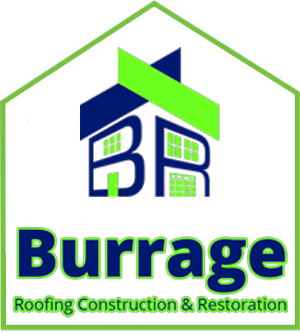Using solar energy can reduce your electricity bills and promote environmental sustainability. Today, many people face a choice: new solar tiles or traditional rooftop panels. Each option has its advantages and disadvantages, affecting aesthetics and long-term benefits. If you’re in Davenport, IA, and considering solar energy, Burrage Roofing, with over 30 years of experience, can assist you. Understanding each type is crucial for making the best decision for your roof and needs.
Understanding Solar Tiles and Traditional Rooftop Panels
Solar tiles and traditional rooftop panels are two primary ways to harness renewable clean energy at home. Solar tiles, or solar shingles, integrate seamlessly into your roof, serving both as roofing material and energy generators.
In contrast, rooftop panels sit atop the roof on racks and are known for their superior energy output, often at a lower cost.
Contact Us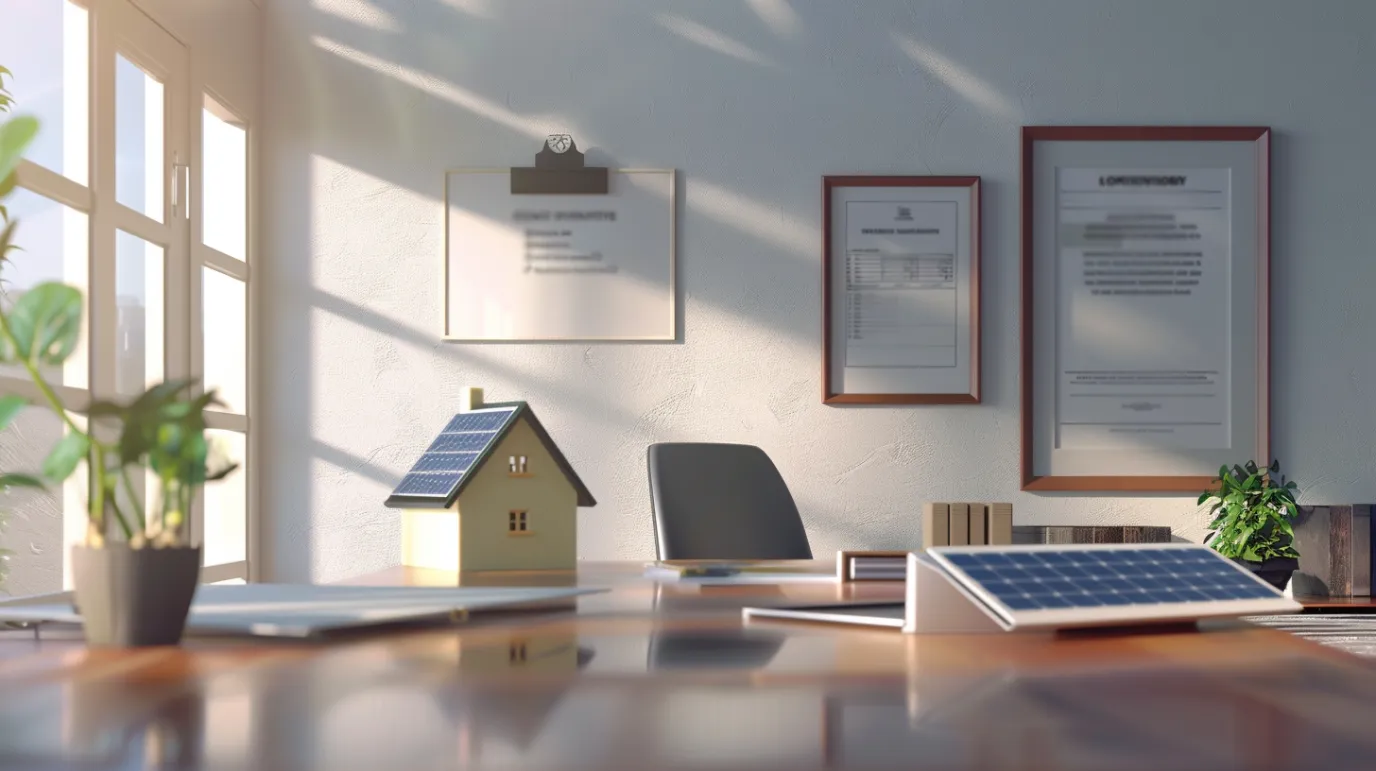
What Are Solar Tiles?
Solar tiles, which are also called solar roof tiles or shingles, are a new type of roof technology that lets your roof work in two ways. They do the job of normal roof tiles and also help make solar power. These roof tiles use special technology to take the sun’s energy and change it into power for your home. Unlike panels, the solar tiles are built right into your roof, so they mix well with how your roof looks.
With solar tiles, homeowners get two things at once. These roof tiles make solar power, and they also keep the look of a traditional roof design. This dual functionality is why many people like them. There are some designs where the solar part is not easy to see, and other designs show the solar cells just a little. People who want their roof to look simple often pick these over large, normal solar panels.
What Are Traditional Rooftop Solar Panels?
Traditional rooftop solar panels are mounted on racks above your roof and use efficient photovoltaic silicon cells, generating more energy than solar tiles. While they are visible, they are reliable and cost-effective.
Their installation is flexible, allowing you to add panels without removing your existing roof, even on older structures. With efficiency over 20%, they provide good energy production despite limited space.

How Solar Tiles Work Compared to Traditional Panels
Solar tiles differ from traditional solar panel installation as they integrate into the roofing material, providing a seamless look. In contrast, traditional panels sit on top of the roof and generally offer higher energy production due to advanced technology.
Both systems require inverters to convert solar energy into usable power. In Iowa, energy efficiency varies with sunlight availability throughout the year, with traditional panels typically outperforming solar tiles.
Energy Generation and Conversion
Traditional solar panels excel in energy conversion, achieving efficiency rates up to 24%. Their design allows for airflow, keeping them cool and enhancing power output. This makes them ideal for homes with limited roof space.
In contrast, solar tiles typically have lower efficiency, ranging from 14% to 18%, requiring more units to generate sufficient energy. However, their aesthetic appeal and seamless integration into roofs attract some homeowners.
Installation Process and Integration with Roofing
The roof installation process differs for solar tiles and traditional panels. Solar tiles integrate into your roofing material, typically during a roof replacement, resulting in a smooth appearance but a more complex setup.
Key installation points:
- The existing roof must be removed before installing solar tiles.
- Tiles overlap like shingles to blend seamlessly with the roofing.
- Electrical components connect to an inverter system.
Traditional panels are easier and quicker to install, as they mount on top of the existing roof without removal. If your roof doesn’t need replacing, this option is generally faster and more cost-effective. Burrage Roofing’s certified team will ensure you get the right setup for your home, whether you choose solar tiles or traditional panels.
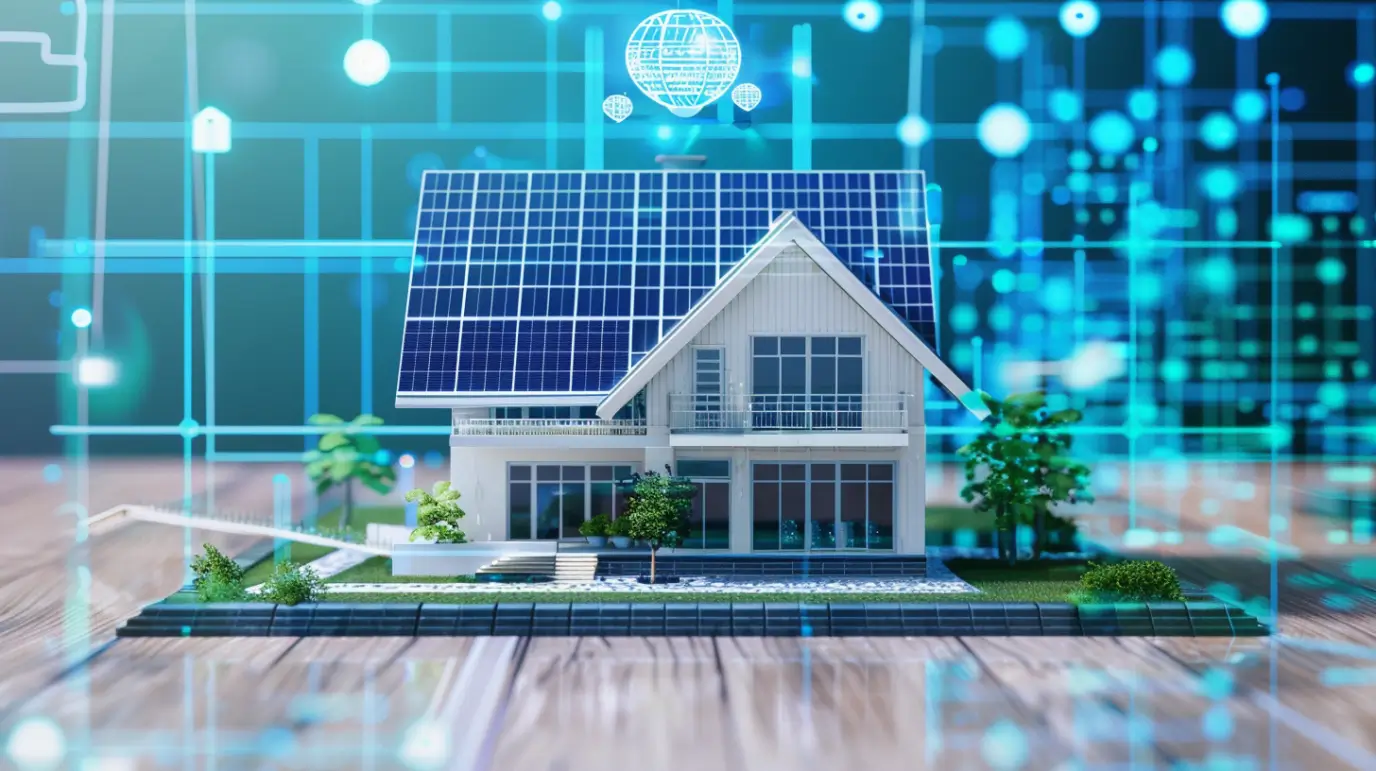
Visual Appeal and Aesthetic Considerations
The appearance of solar technology is crucial for homeowners. In the case of solar shingles, solar tiles blend seamlessly with your roof, matching traditional materials like asphalt shingles and enhancing curb appeal by eliminating the bulky look of standard panels.
While traditional rooftop panels are effective, they stand out more and prioritize function over style. For homeowners in Davenport seeking aesthetic appeal, solar tiles are an excellent choice. However, panels offer good value, especially for those without strict design or HOA regulations. Both options have their merits when it comes to integrating with traditional roofing.
Design Differences and Curb Appeal
Solar tiles blend seamlessly with your roof, preserving your home’s aesthetic, unlike traditional solar panels that sit on top and are more visible.
Homeowners often prefer solar tiles, especially in areas with HOA regulations or for those aiming to maintain their home’s design. Compatible with asphalt and composite roofs, they offer both style and functionality. In contrast, bulky solar panels can detract from curb appeal.
Impact on Home Value
Choosing between solar tiles and panels can impact your home’s value. Homes with solar energy setups typically sell for more, and solar tiles may add even greater value due to their aesthetic appeal.
The investment tax credit significantly offsets setup costs, making these systems attractive to buyers. Both options reduce energy bills over time, appealing to environmentally conscious consumers.

Cost Analysis: Initial Investment and Long-Term Savings
Cost is a key factor when choosing between solar tiles and traditional panels. Solar tiles, like Tesla’s solar roofs, typically have a higher starting price due to their dual functionality and advanced technology. Traditional panels are less expensive upfront and provide quicker returns. While solar tiles may yield lower long-term savings, they can be worthwhile if you need a new roof. In Iowa, consider your investment, energy production, and savings to make the best choice.
Upfront Costs of Solar Tiles vs Panels
Investing in solar technology requires careful consideration of upfront costs, especially when comparing solar tiles to traditional panels. Solar tiles are aesthetically pleasing and blend well with existing roofs but typically come with a higher initial expense due to their dual functionality and complex installation. This investment may deter some homeowners, although it can lead to long-term savings on electricity bills and increased property value.
In contrast, conventional solar panels usually have a lower initial cost, making them more accessible for budget-conscious consumers. Evaluating energy efficiency and available rebates, such as the investment tax credit, is essential for understanding the total cost of ownership for both options and making an informed decision.
Maintenance, Repairs, and Lifespan
Solar tiles and traditional solar panel roofs differ in lifespan and maintenance. Solar tiles last about 25 to 30 years, similar to regular roofs, but require periodic inspections. Their integration into the roof makes repairs challenging after storms or wear.
In contrast, traditional panels can last up to 40 years and are easier to repair since they sit on top of the roof.
Burrage Roofing supports Iowa residents with durable solar solutions designed to withstand harsh weather conditions, ensuring reliable performance even during storms.
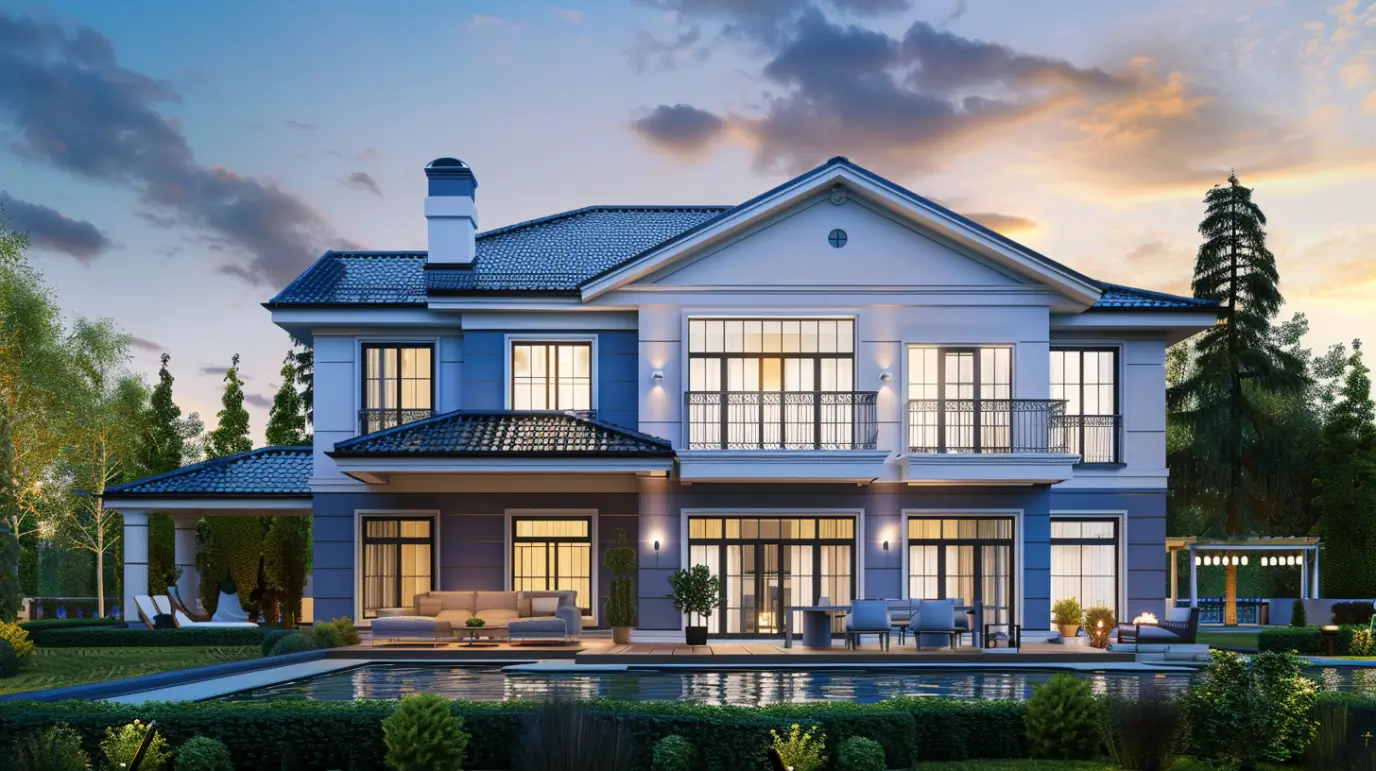
Performance and Efficiency in Iowa’s Climate
In Iowa, weather variations affect solar roof options. Consider energy output from solar tiles versus traditional panels and their performance in harsh conditions. Solar roof tiles blend seamlessly with your existing roof for a neat appearance while providing good energy production. Alternatively, conventional solar panels may have higher upfront costs but can generate more energy if roof space is limited. To choose the best option, evaluate installation processes, potential energy generation, and savings on bills to find what suits your Iowa home best.
Weather Resistance and Durability
Solar roofing solutions, like solar tiles and shingles, are designed to withstand harsh weather, including storms, hail, and heavy snow. They outlast traditional roofing materials and continue generating energy during rough conditions.
Unlike conventional solar panels, which can be bulky and fragile, solar shingles integrate seamlessly with your existing roof. This provides both protection and energy generation.
The dual functionality and aesthetic appeal of solar roofing enhance curb appeal while extending the roof’s lifespan. This makes solar roofing an attractive choice for those seeking a durable and visually appealing roof.
Energy Output and System Reliability
Energy output differs significantly between solar tiles and traditional panels due to their design and technology. Conventional solar panels typically generate more energy because they are larger and capture more sunlight. In contrast, solar roof tiles blend seamlessly into the roof, maintaining the home’s appearance.
Reliability also varies. Traditional panels have a proven track record, while newer products like Tesla’s solar roof may not perform as well in extreme weather. The response of both types to adverse conditions can affect overall performance.
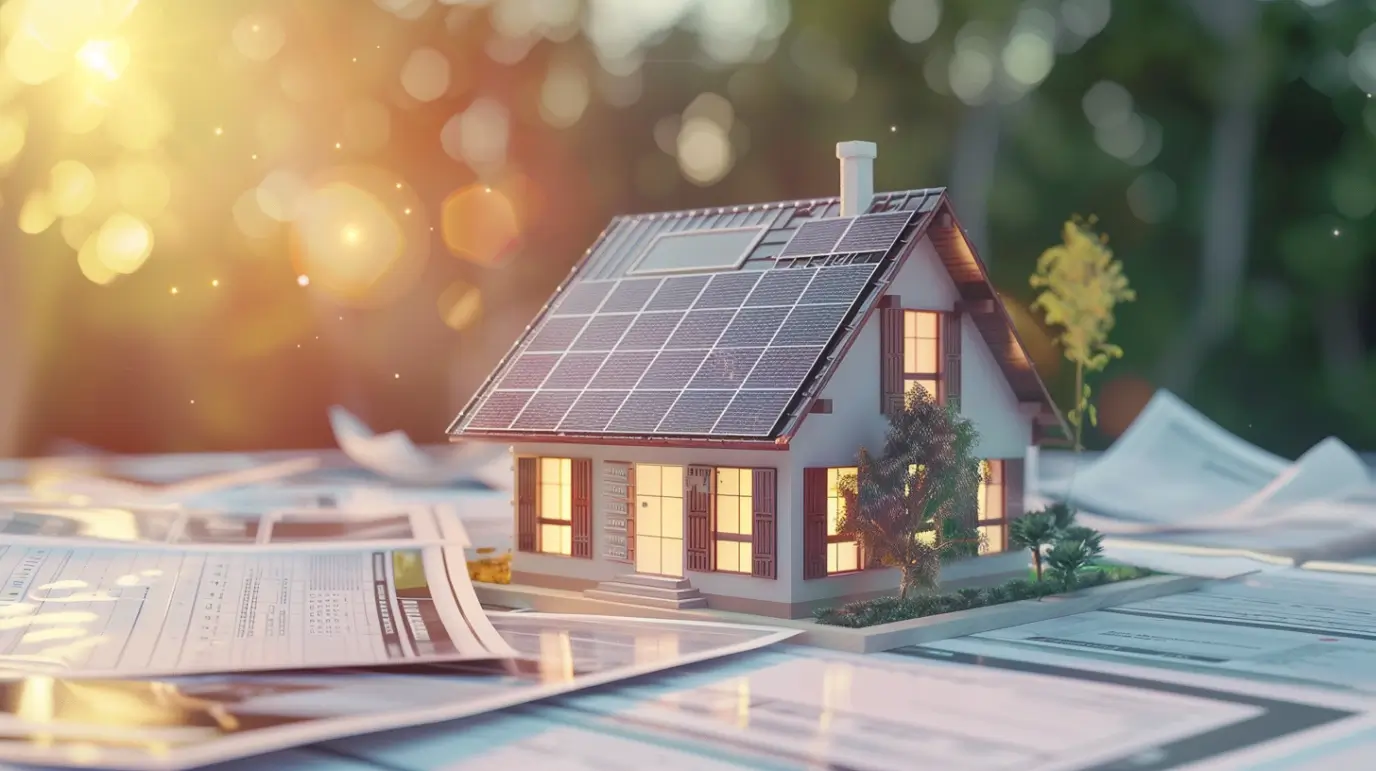
Choosing the Right Solar Solution for Your Davenport Home
Finding the best solar solution requires careful consideration. Assess compatibility with your roof and your energy goals, including roofing material—whether asphalt shingles or traditional roofing. Factor in your budget and potential savings on energy bills.
Options like solar roof tiles or conventional solar panels can enhance energy production and improve curb appeal. Consult a skilled solar installer for tailored advice on your roofing needs and energy usage, and schedule a free consultation for the best results.
Factors to Consider: Roof Type, Budget, and Goals
Choosing the right solar energy system involves several key factors. First, your roof type affects installation and system performance. Consider your budget: while solar tiles offer aesthetic appeal and dual functionality, traditional panels typically have lower initial costs. Reflect on your energy production goals and desired efficiency to ensure your solar system aligns with your long-term savings and sustainability objectives.
Connect With Us
Choosing between solar tiles and traditional panels is crucial for Davenport, IA residents. Each option has its advantages in aesthetics, efficiency, and long-term savings. Consider your roof type, budget, and energy needs to make the best decision. Burrage Roofing, an IKO Craftsman Premier Installer and BBB Accredited Business, offers over 30 years of expertise and commitment to quality. We proudly partner with trusted suppliers like SRS, ABC Supply, Richards Supply, Final Siding, and James Hardie. Whether you prefer modern solar tiles or reliable traditional panels, we ensure proper installation and ongoing support. Don’t wait—request quotes now to find the perfect solar solution for your home!
Read our blog: Standing Seam vs Corrugated Metal Roofs
Frequently Asked Questions
Are solar tiles as efficient as traditional panels in Iowa?
Solar tiles generally offer comparable efficiency to traditional panels, though their performance can vary based on installation and roofing conditions. In Iowa’s climate, both options can effectively harness sunlight, but traditional panels may hold a slight edge in energy output during colder months.
Can solar tiles be installed on any roof?
Solar tiles can be installed on most roofs, but specific factors like roof type, pitch, and material influence their feasibility. It’s essential to consult a professional to assess your roof’s compatibility with solar tile installation for optimal performance and longevity.
